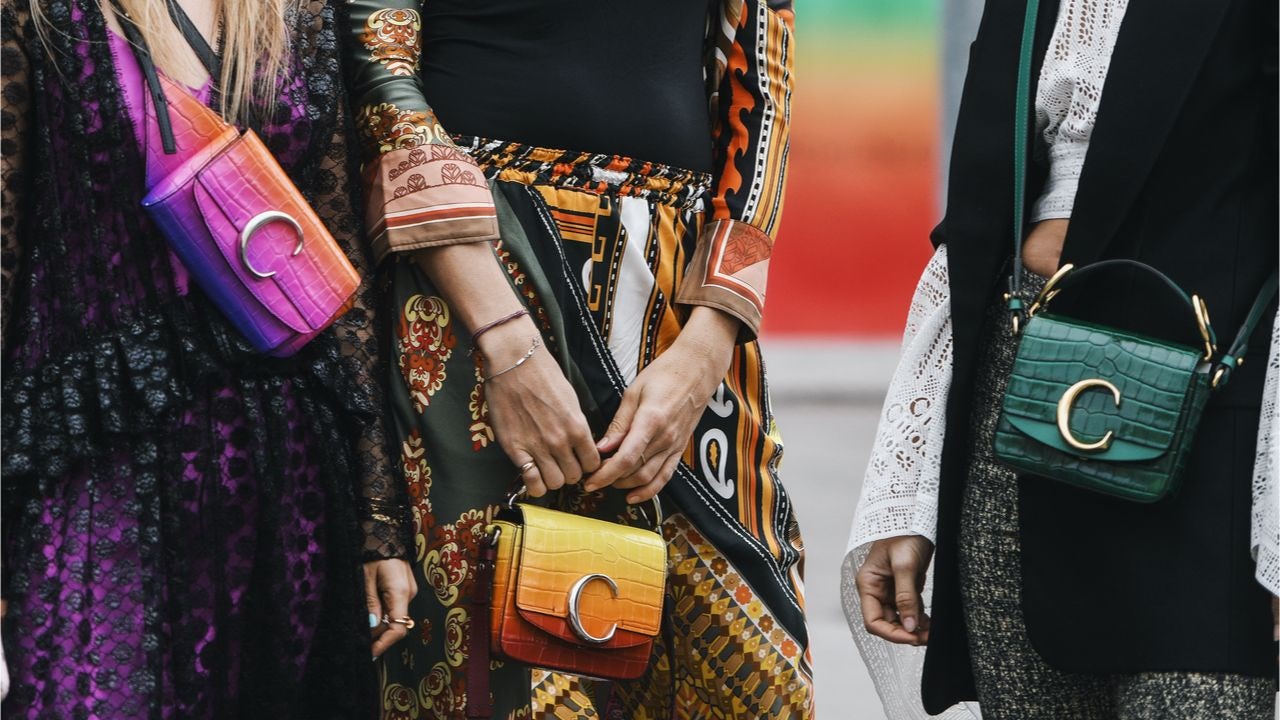Winning China means winning the world. While Japan, Korea, and other Asian markets are important, the influence of China’s customers is growing rapidly, as more and more affluent customers in and from China buy luxury goods both domestically or abroad.
Therefore, brands must know about the changing trends in this fast-paced market. Below I’ve highlighted five important China luxury trends, how they’re disrupting the luxury industry, and how brands can master them. This is relevant for all luxury brands, including fashion, food & beverages, lifestyle, and service categories. These trends are changing the way luxury brands must play the game to stay relevant.
Trend #1: Young, digitally savvy, female customers#
The luxury market is booming in China, but the profile of those consumers differs greatly from those in most other markets. For instance, around the world, more than 55 percent of luxury goods are purchased by customers who are over 40. But in China, this number is less than 20 percent (younger customers purchase the vast majority of luxury goods there, with a sweet spot between the ages of 25 and 30.) To address these younger segments, brands have to think much younger and target customers in their mid to late teens.
Another demographic setting China apart shows that most of the country’s luxury consumers are women. Depending on the city, between 75 and 78 percent of Chinese luxury consumption comes from female consumers. And if you include gifts by men for women to this number, the Chinese luxury market looks even more overwhelmingly woman-oriented. And all of these consumers prefer to access brands digitally via social networks and influencers.
This is a major shift for many Western luxury brands who still primarily target male customers in their fifties. For one Western luxury retailer, they needed to change practically every aspect of their go-to-market concept to make the brand relevant for young, digitally-savvy female customers in urban Chinese markets. They needed to gather insights about the target group and utilize advanced social-sentiment measurements with advanced data querying methods and A.I. support in order to better understand these fast-evolving preferences.
Trend #2: KOLs replace institutions#
Only five years ago, it was the job of institutions like Vogue, Condé Nast Travel, or Architectural Digest to tell consumers what the latest trends in beauty, travel, and design were. But today, few editors, magazines, or publications are defining styles for new generations.
With the emergence of influencers and key opinion leaders (KOLs), everything has changed. Now, a variety of different KOLs are busy influencing their specifically targeted followers. As a consequence, there has never been more diversity in trends, expressions, and expectations. Keeping up with this complex and fast-changing environment is a stretch for many luxury brands, and that’s why real-time measurements and monitoring of important brand influencers has become critical.
Trend #3: Digital everything#
All industries are being disrupted by technology and digitization today, and with technology continuing to speed up, a product that’s been deemed great can become obsolete only a few months later. This has had a major impact on the entire luxury market.
If a luxury hotel decides to install state-of-the-art entertainment systems in their rooms, they may be outdated by the time the installation is complete. A luxury car’s multimedia system is likely to be less advanced than its owner’s phone. Therefore, brands will need to come up with new solutions that allow users to stay up to date with technology, as customers are expecting the best possible results from high-end brands.
Trend #4: Uncertainty and search for meaning#
When customers are online and connected all the time, they are often referred to as “super-empowered.” They search online, they compare, they access tutorials, and they often know more about a store’s products than the staff. And the younger they are, the more they expect.
While this might suggest they feel “in control,” the reality is often different. Because of information overload and ever-shifting realities, super-empowered customers often feel lost and uncertain, and as such, they look to brands for meaning. It’s not by chance that research indicates an increased expectation toward sustainability and ethics from Asian luxury customers.
For this reason, successful brands must be authentic, transparent, strongly positioned, and able to guide customers. These luxury brands of the future will not only sell great products, but they’ll allow customers to find their way in an uncertain world.
Trend #5: Time matters#
In a new digital world, no one waits anymore. When websites take too long to load, customers leave and never come back. The threshold is surprisingly low and most brands don’t hit the requirements in China, especially when it comes to mobile sites. Time doesn’t just matter for websites — it also matters for brands.
Brands that need more than five seconds to tell their brand stories won’t be heard. There is just too much clutter and complexity today, and the requirements for brand storytelling has never been higher.
What brands must do to stay ahead#
In this fast-changing environment, brands need to do three things: First, refocus on brand equity building. Second, install a state-of-the-art digital infrastructure. And third, create brand communities.
When complexity increases, brands become more important to consumers, but only if they have a sharp and precise story that people can understand in less than 5 seconds and a differentiated, relevant, and authentic purpose. In my experience, this is the most fundamental task for companies, and many are still underestimating its importance.
Digital infrastructures are key enablers. They allow brands to steer toward their goals much more precisely, use content and investments more efficiently, and most importantly, understand customers in real-time. Classic market research is outdated in today’s digital world.
And lastly, brand communities are helping to connect brands more closely with their target audience, so communications have to be two-way and fully integrated instead of one-way traditional advertising.
Daniel Langer is CEO of the luxury, lifestyle and consumer brand strategy firm Équité, and the professor of luxury strategy and extreme value creation at Pepperdine University in Malibu, California. He consults some of the leading luxury brands in the world, is the author of several luxury management books, a global keynote speaker, and holds luxury masterclasses in Europe, the USA, and Asia. Follow @drlanger


